“The murmur of thy streams, O Lora! brings back the memory of the past.”
Carthon, from ‘The Poems of Ossian’, trans. James Macpherson, 1773
The final sojourn of our expedition to the land of my fathers (before turning tail and scurrying back across the pond to the land of The Girl’s fathers – now also my home!) was to spend a few days in Oban; on a different west coast… the west coast of Scotland.
We had taken the sensible precaution of booking massages and other treats at the small spa at the Oban Bay Hotel for our arrival and there were further sights that we wanted to see within the vicinity of the town and the wider area of Argyll and Bute.
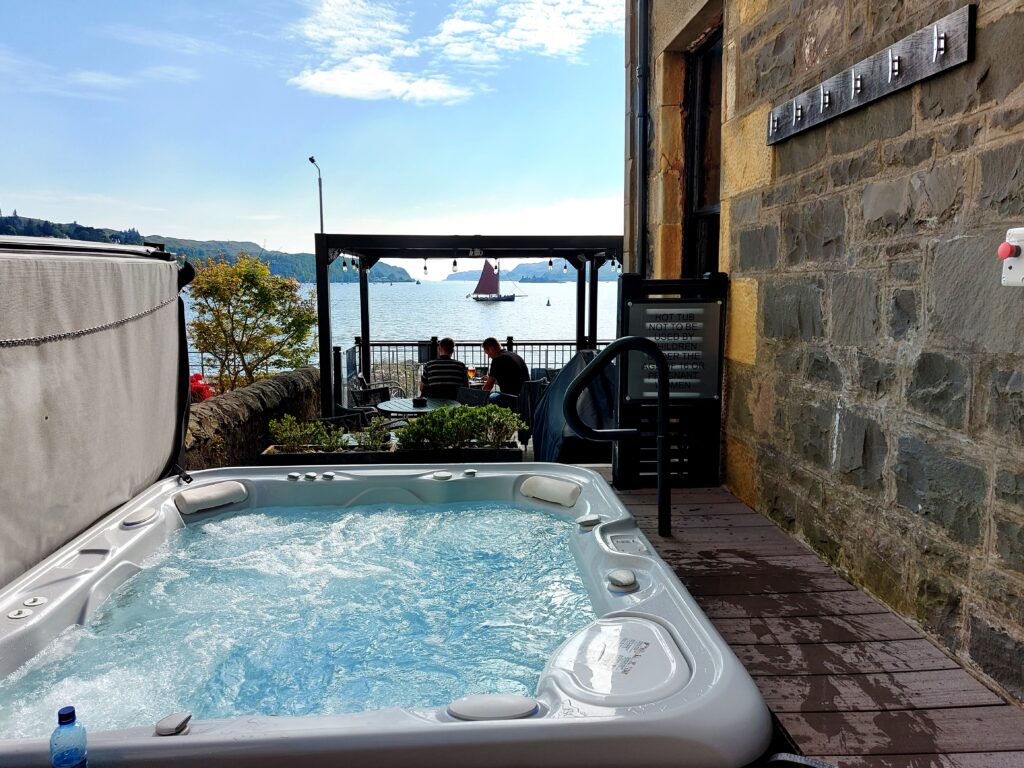 We were not actually staying in Oban itself, but a few miles away at Connel. The Girl had once again surpassed herself by picking out a beautifully designed and equipped AirBnB, situated on the banks of Loch Etive at the point where it meets the sea. The lovely first floor apartment over-looks the tidal race known as the Falls of Lora. This fascinating online magazine – The Hazel Tree by Jo Woolf – tells more eloquently than I possibly could the story of this magical spot.
We were not actually staying in Oban itself, but a few miles away at Connel. The Girl had once again surpassed herself by picking out a beautifully designed and equipped AirBnB, situated on the banks of Loch Etive at the point where it meets the sea. The lovely first floor apartment over-looks the tidal race known as the Falls of Lora. This fascinating online magazine – The Hazel Tree by Jo Woolf – tells more eloquently than I possibly could the story of this magical spot.
I will simply add some of my own images:
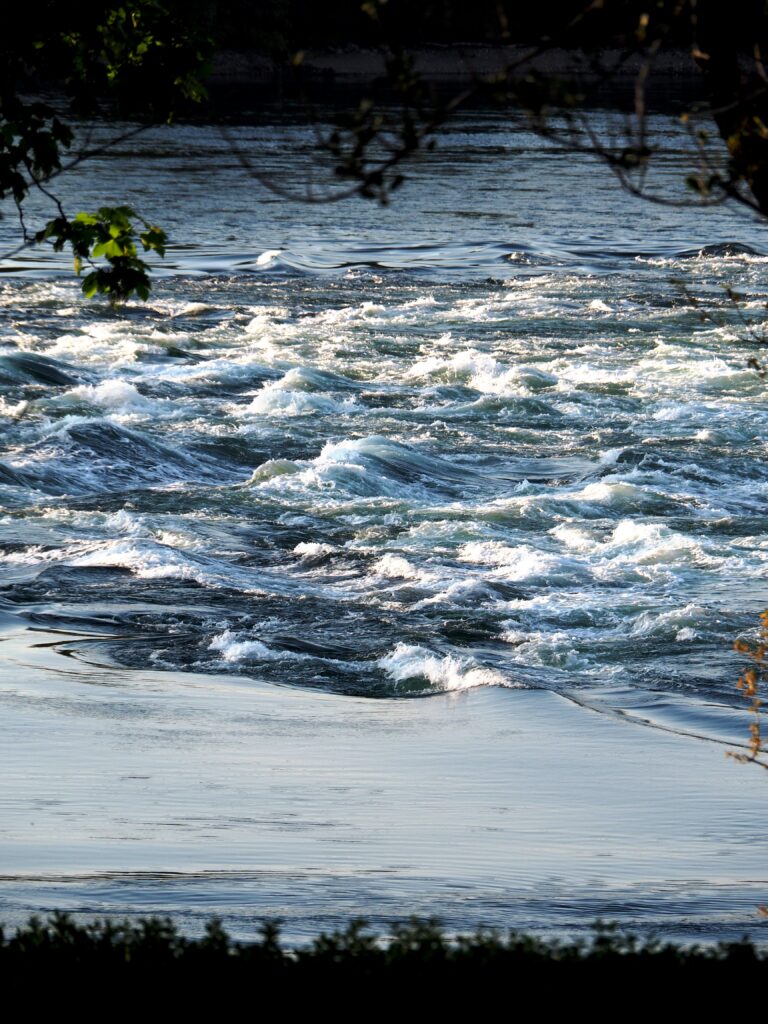 The bridge at Connel is of considerable interest in itself. Built in 1903 for the now long-defunct single-track Callander and Oban railway this unique bridge was the longest cantilever span in Great Britain at the time of its construction – aside from the monumental Forth Bridge. As early as 1914 the bridge had been reconfigured with a narrow roadway on one side and the single railway track on the other. Automobiles and trains could not cross the bridge at the same time, so road traffic had to stop when trains were due.
The bridge at Connel is of considerable interest in itself. Built in 1903 for the now long-defunct single-track Callander and Oban railway this unique bridge was the longest cantilever span in Great Britain at the time of its construction – aside from the monumental Forth Bridge. As early as 1914 the bridge had been reconfigured with a narrow roadway on one side and the single railway track on the other. Automobiles and trains could not cross the bridge at the same time, so road traffic had to stop when trains were due.
The Callander and Oban was closed in 1966 and the bridge took on its current form – as a single carriageway road bridge, with traffic signals controlling the flow.
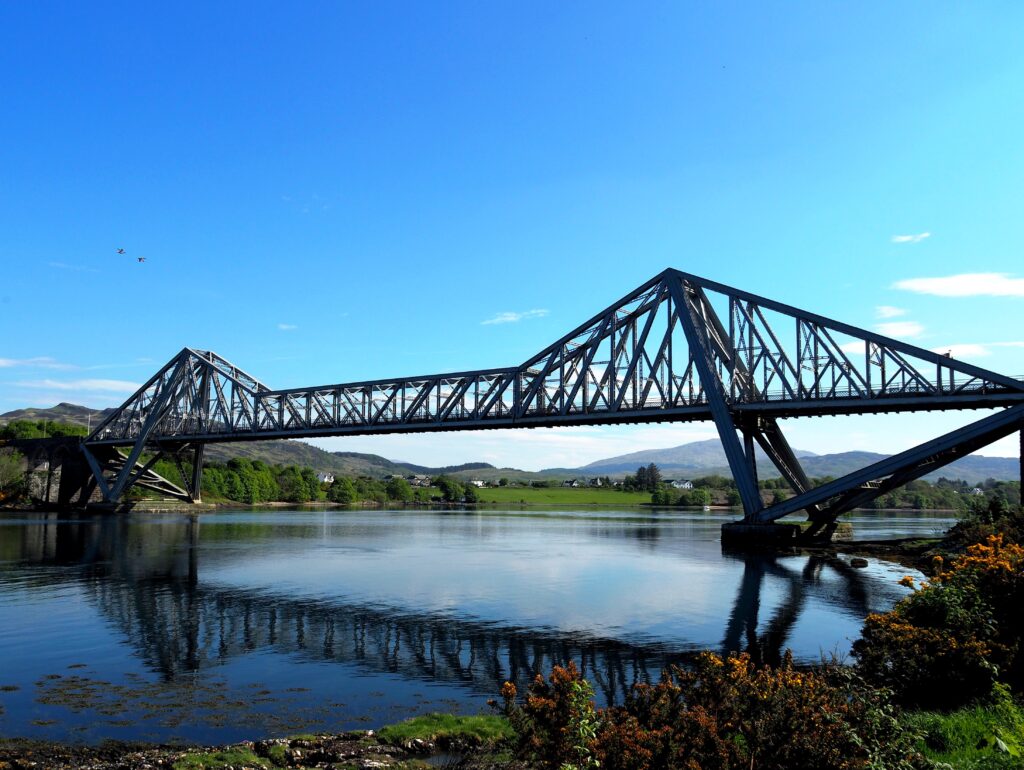
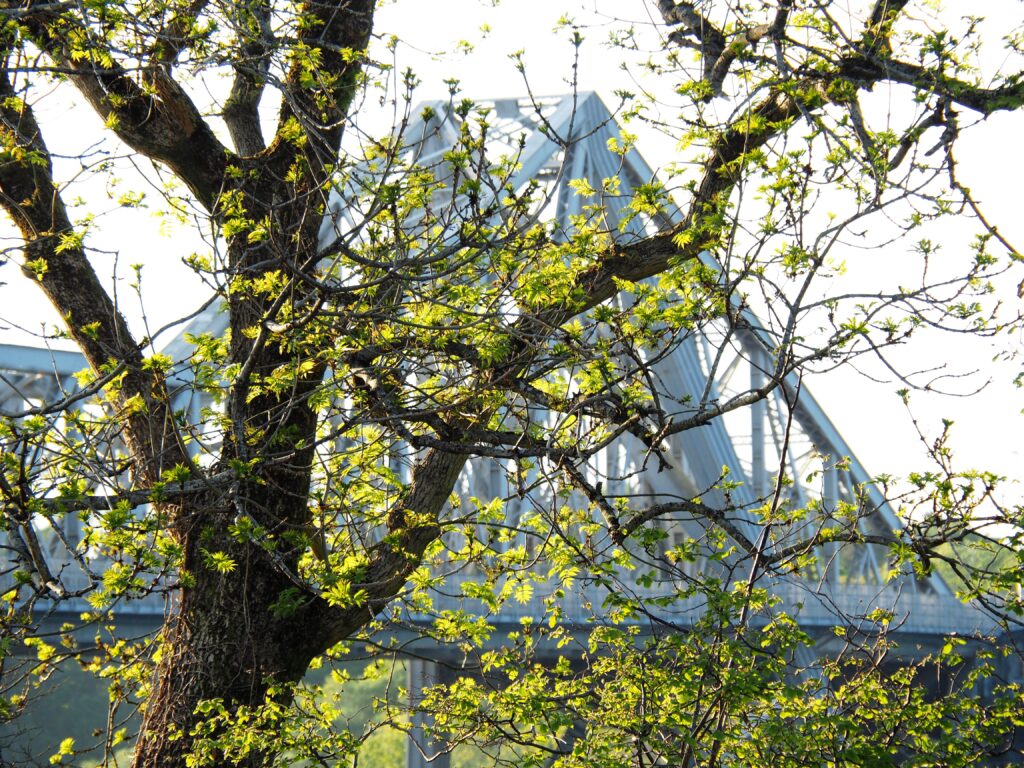 Connel is a very pretty little village in a beautiful spot. A good choice for our penultimate touring base.
Connel is a very pretty little village in a beautiful spot. A good choice for our penultimate touring base.


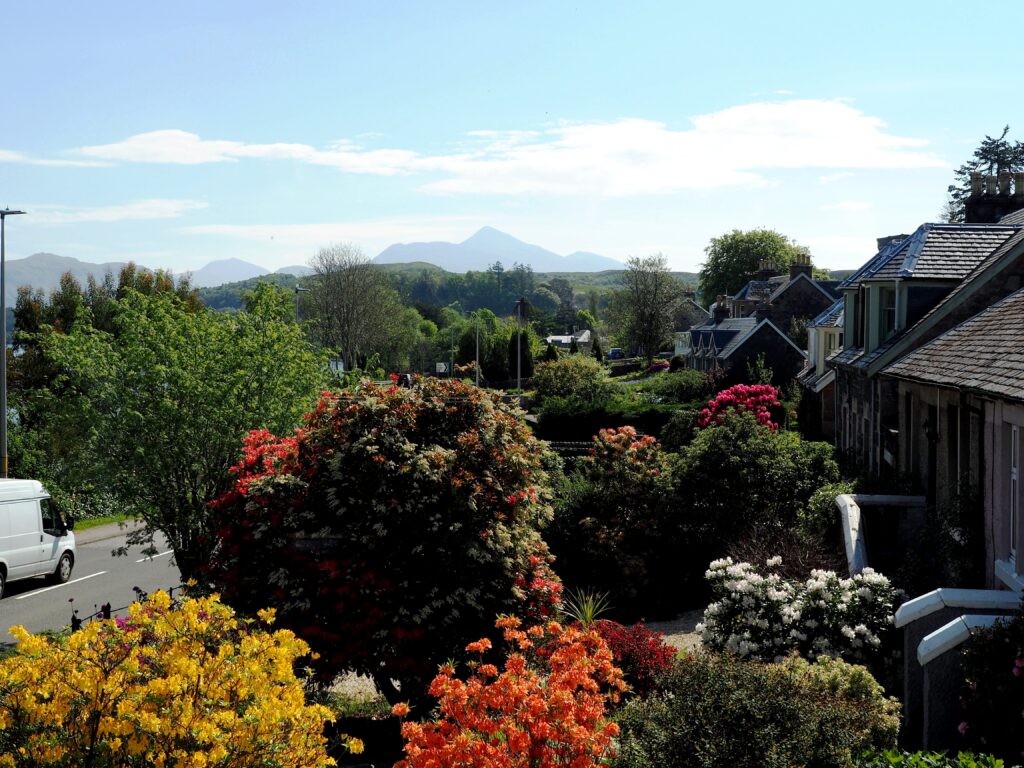
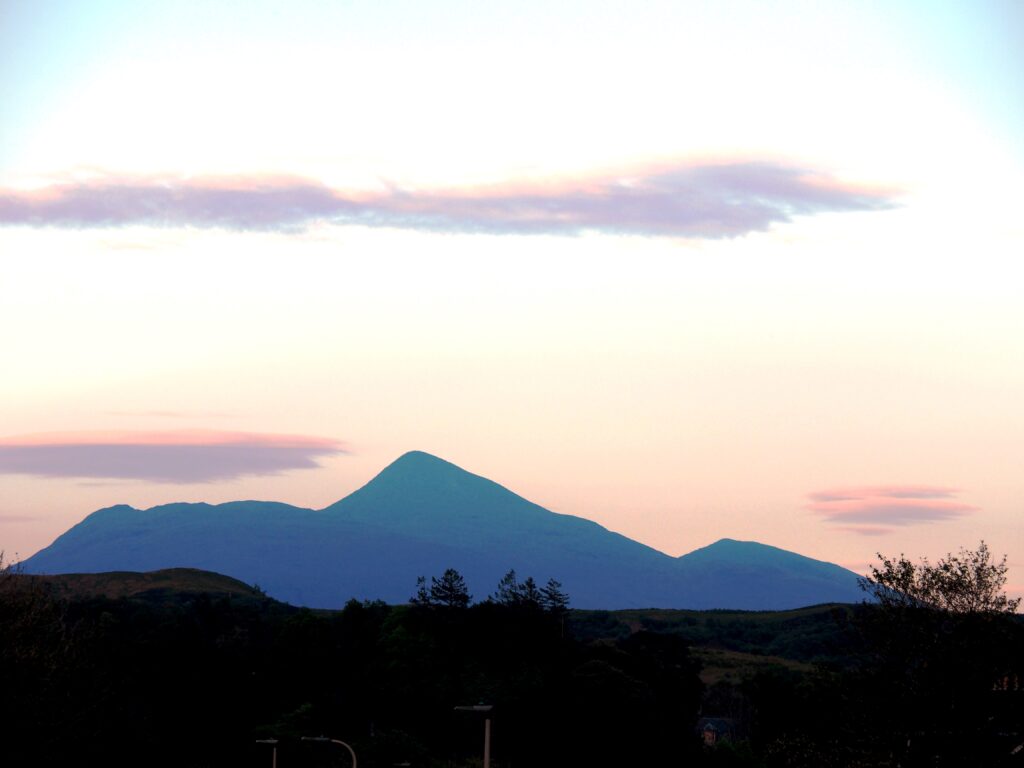
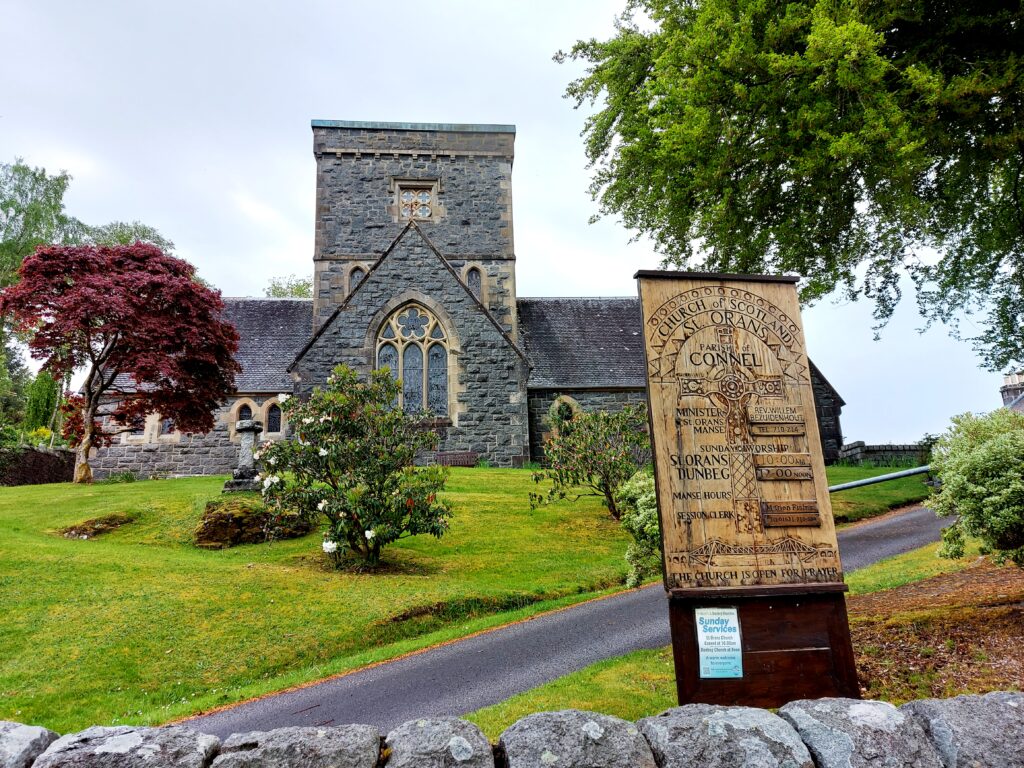
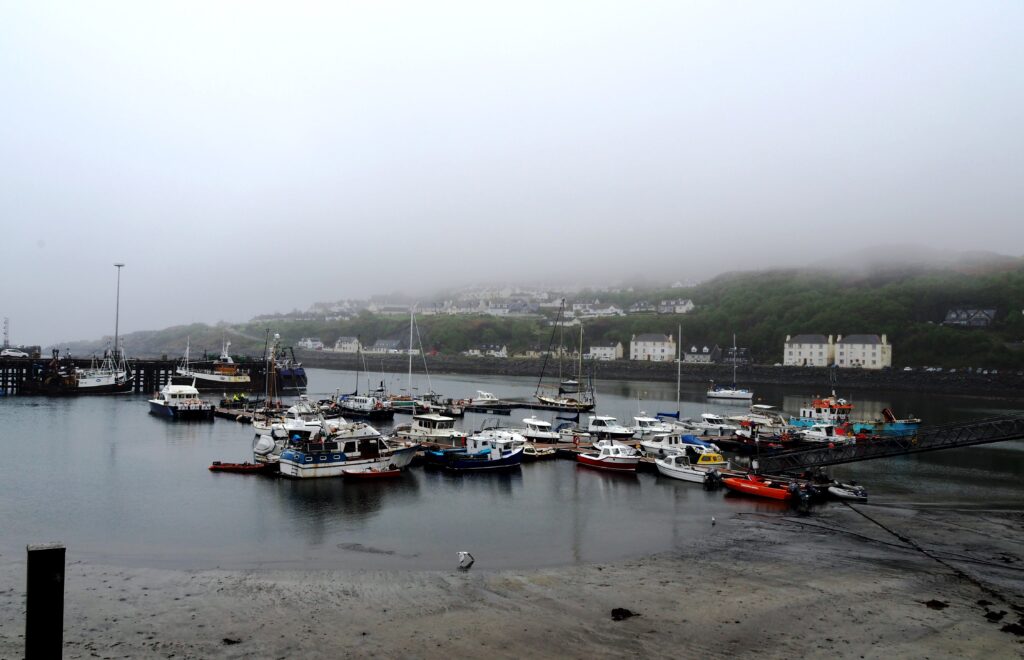
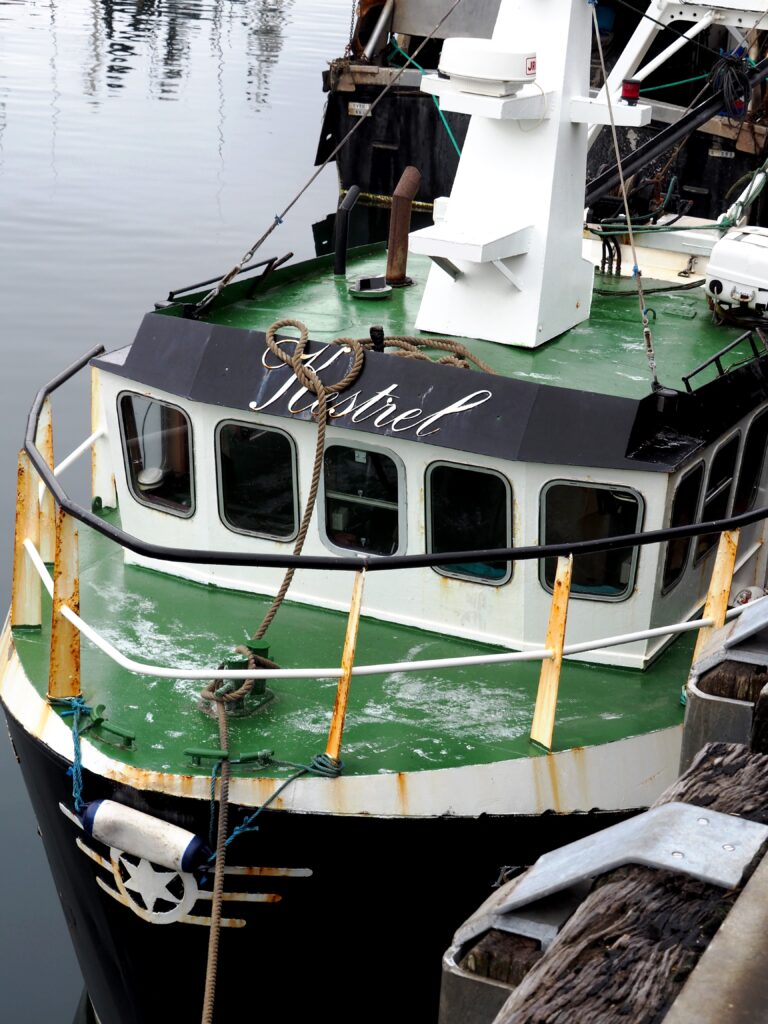
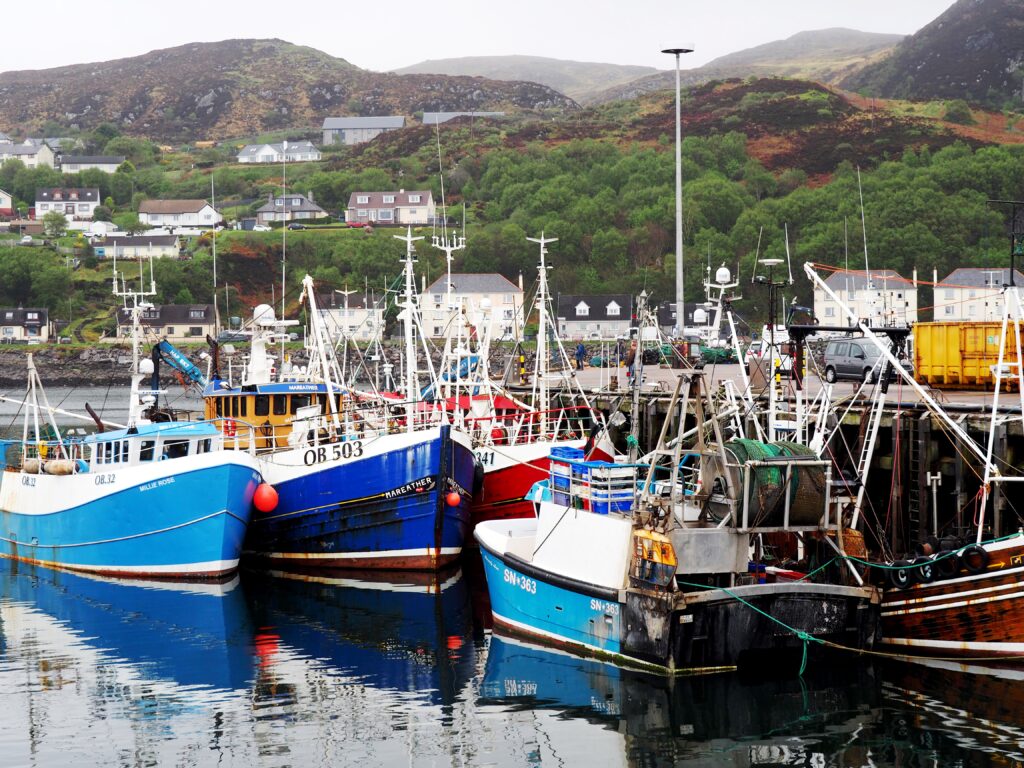
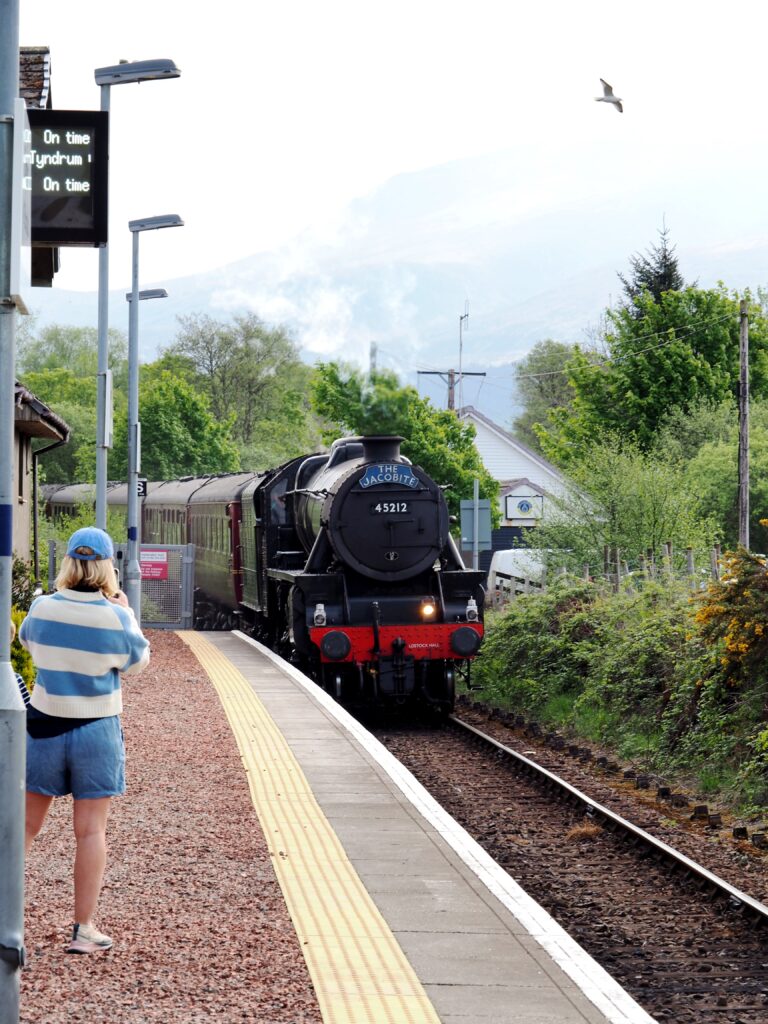
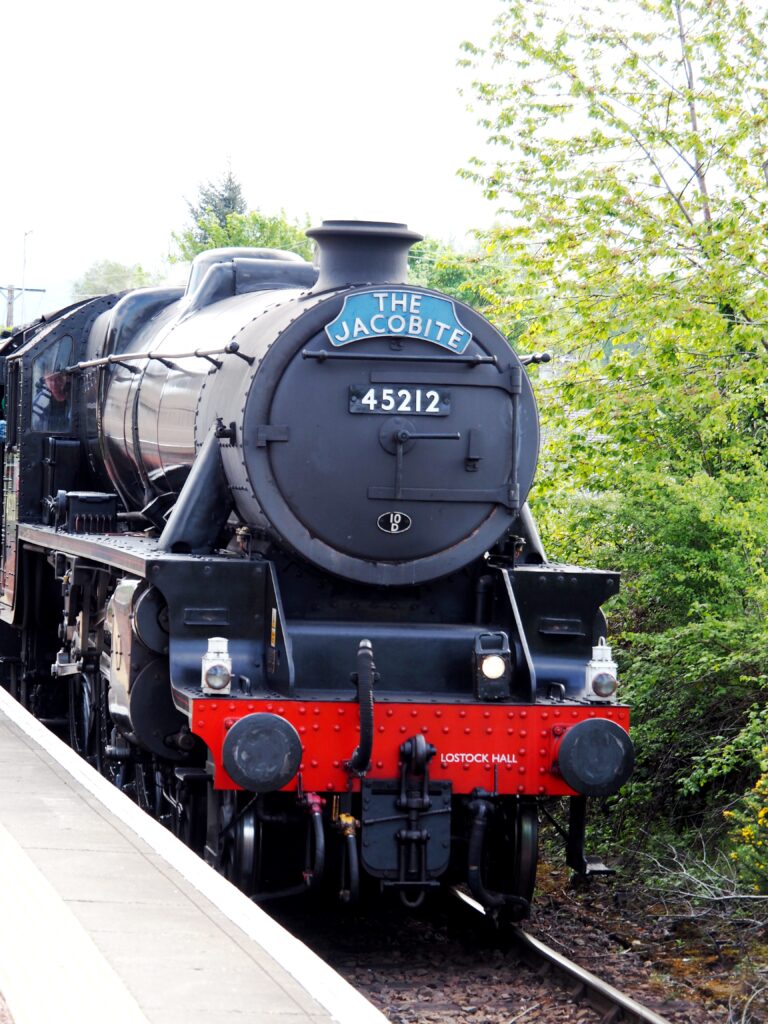
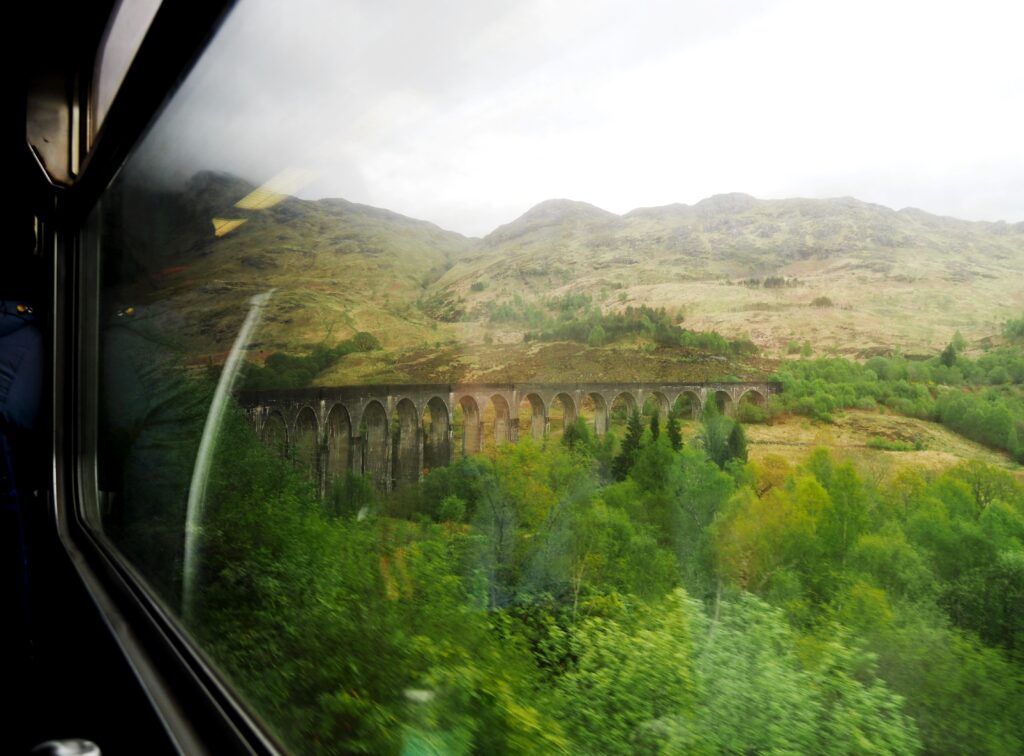


Recent Comments